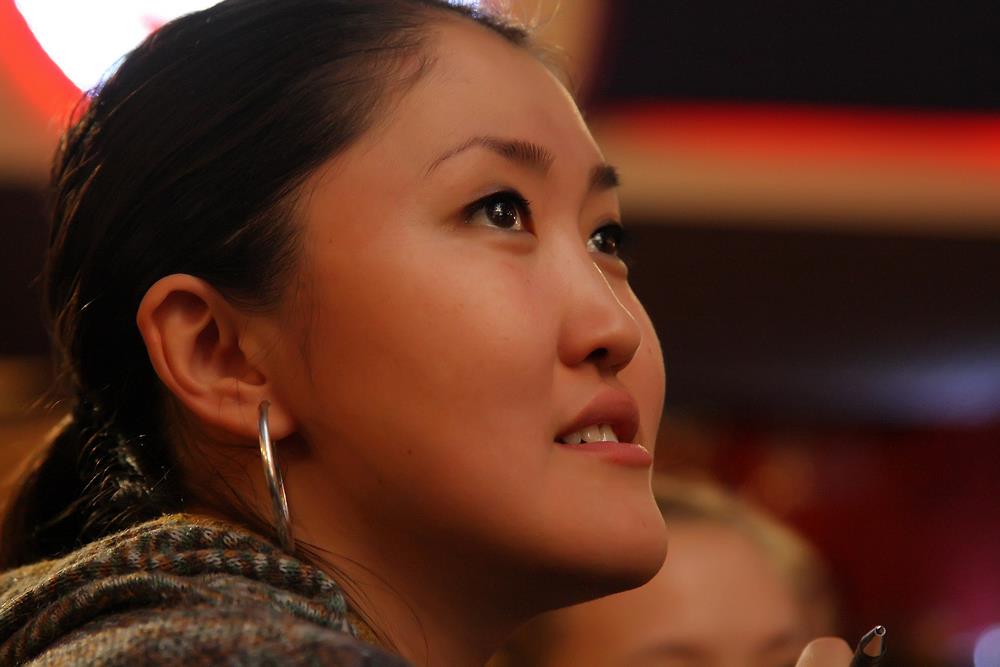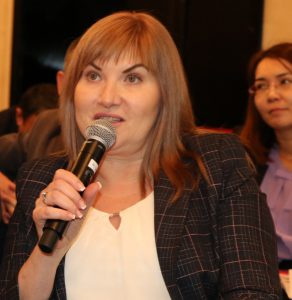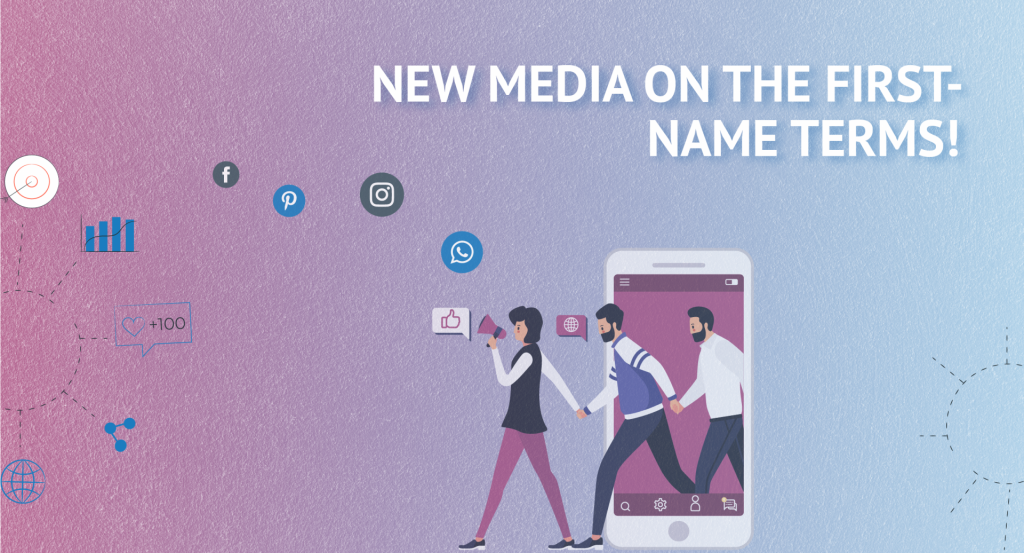What will you learn?
Program
-
New media and the content production
In this educational module, you will learn the aspects of creating publications for the new media, namely, methods of retaining the user’s attention, new journalistic genres and formats, methods of content planning. In addition, you will learn what determines the virality of publications on social networks and publishers’ methods of media products’ monetization. Author: Lenur Yunusov
-
Visual storytelling
In this module, you will learn about visual storytelling, the basic rules of the composition and the color, as well as visualization tools. Author: Aizada Toma
-
Storytelling: The secret of successful video stories
The best way to connect with your audience is to tell a story, not only interesting, but also beautifully designed story. However, if your story does not grab the attention from the first paragraph or from the first three shots, it means that you did not use the skill of storytelling. After all, a properly started and finished story is always read and viewed in one breath. This module will teach you exactly these skills, as well as reveal the secrets of successful video stories. Such stories that can evoke the whole spectrum of emotions: from love, joy and laughter to sympathy, pain and tears. At the end of the module, you will learn to: • recognize potentially successful stories • choose the correct tone • get creative with the shooting process • communicate with your audience • achieve large numbers of views, likes, discussions and reposts. In addition, at the end of the module, you can find a test to assess the gained knowledge, and a couple of practical tasks. Author: Makhpora Kiromova
-
Critical assessment of information and media sources
In the global practice, people begin to study critical thinking at school and, at the journalism faculties, future reporters are ready for a critical perception of information. However, other beginners and practicing journalists may not possess this basic knowledge, which complicates the process of applying the rational tools of critical analysis. The module includes several critical thinking tools applicable in journalism practice. The methods and tools presented in the module are based on the scientific approach. Author: Inga Sikorskaya
Instructors

Lenur Yunusov

Aizada Toma

Makhpora Kiromova

Inga Sikorskaya




